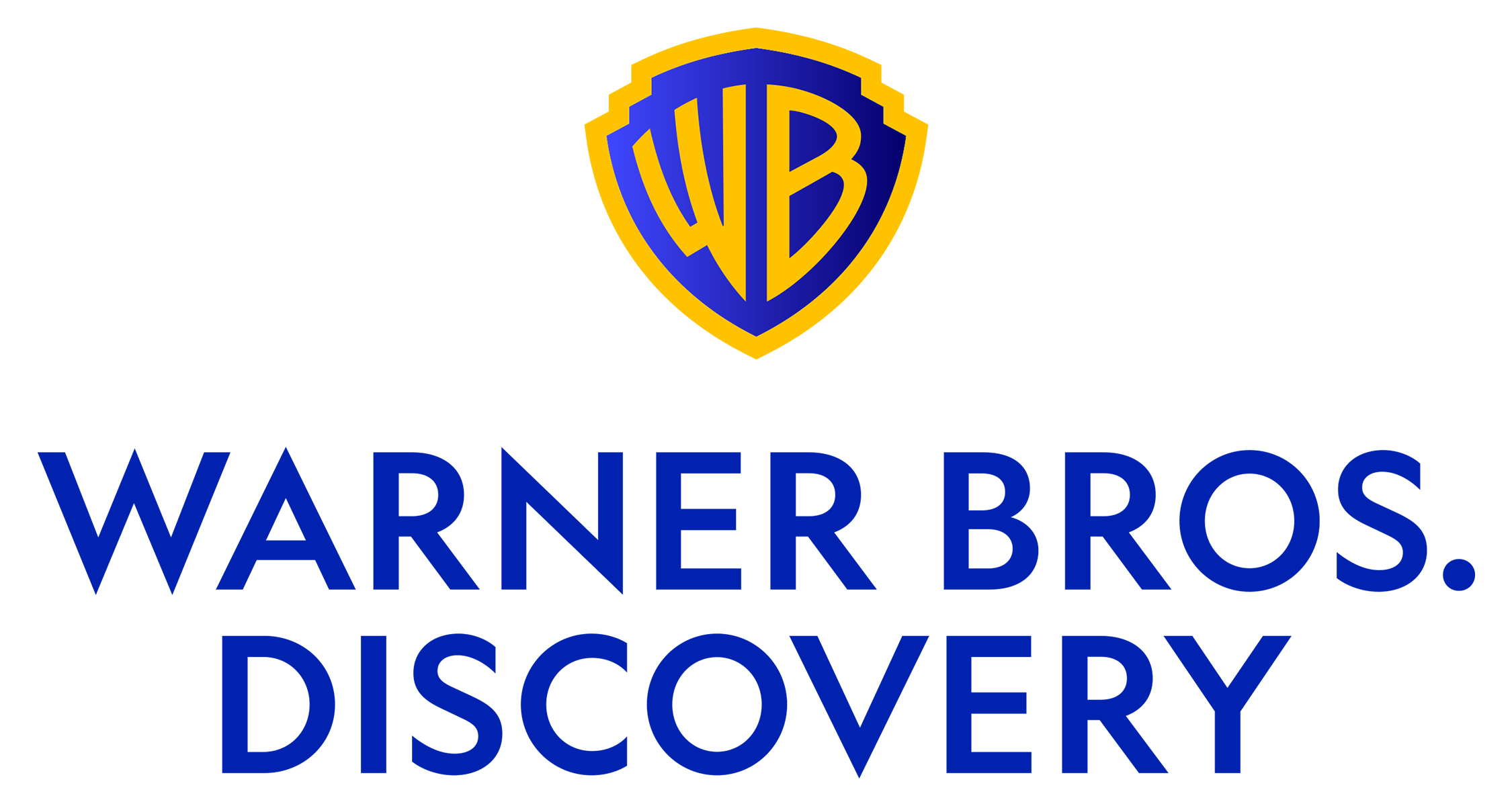WASHINGTON—This month marks the 25th anniversary of the formation of the Grand Alliance—a milestone in the history of television.
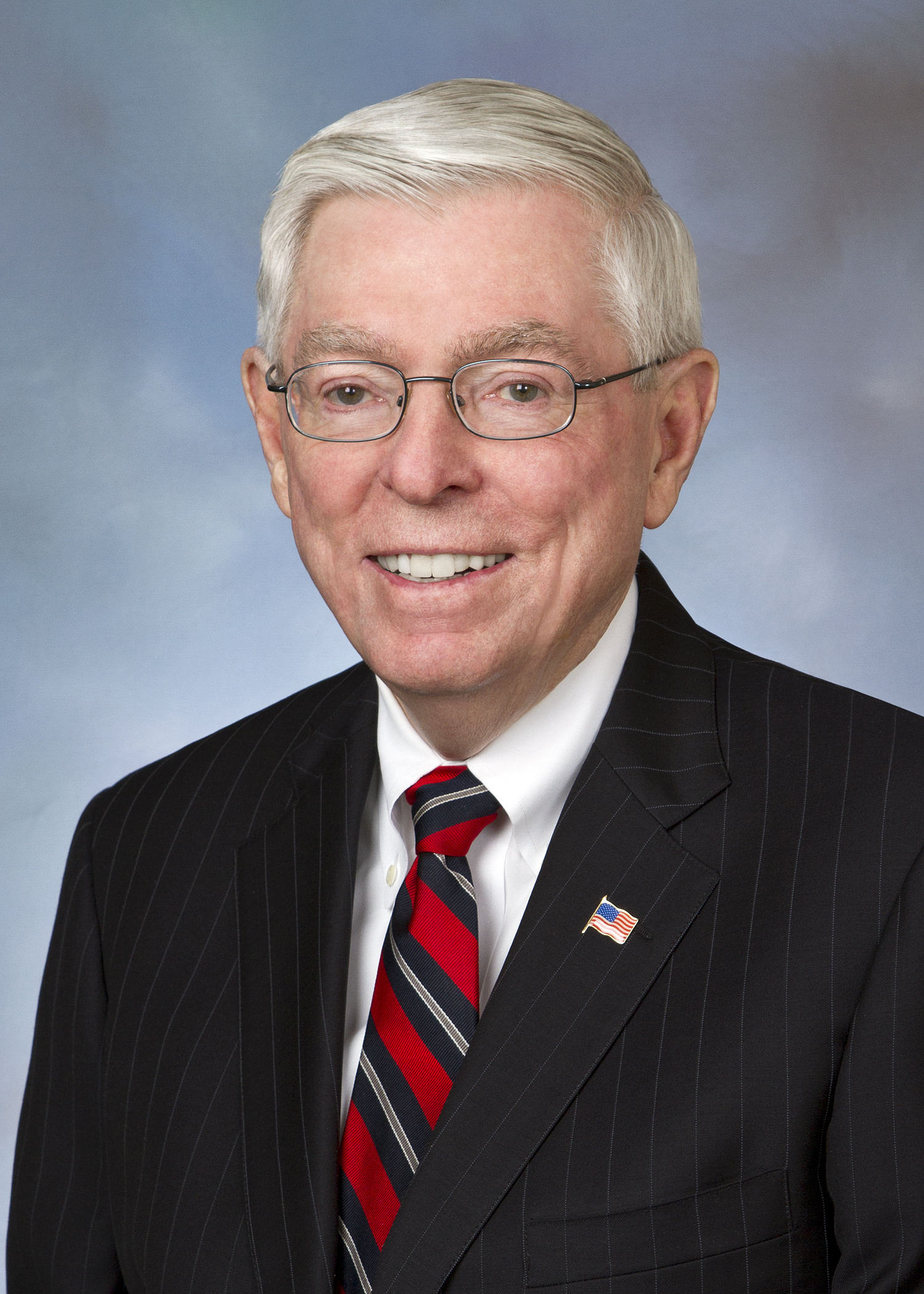
The alliance came about when a number of enterprises involved in developing an HDTV standard for the U.S. set aside their individual interests and agreed to work cooperatively to develop the world’s first digital high definition television system. Members included AT&T, David Sarnoff Research Center, General Instrument, MIT, Philips Electronics North America, Thomson Consumer Electronics and Zenith Electronics.
Encouraging them to find common ground and move forward together was Richard Wiley, former FCC Chairman (1974-1977) and partner at Washington, D.C., law firm Wiley Rein. Recruited by then FCC Chairman Dennis Patrick to serve as chairman of the FCC Advisory Committee on Advanced Television Service, Wiley pressed, prodded and cajoled these high-tech interests to form the Grand Alliance and in so doing put the nation on the path to digital HDTV. In this interview, Wiley recalls that effort.
(An edited transcript.)
TVTechnology: When I think back to the period just before the Grand Alliance, I remember that Japanese broadcasters were rolling out a direct broadcast satellite system to deliver analog HDTV to viewers in that nation. Did that light a fire here in the United States to get serious about HDTV here?
Richard Wiley: I think Congress and the FCC had noticed that there was research and development going on not only in Japan but also to some extent in Western Europe about the possibility of advanced television.
So, I got a call one day from the chairman of the FCC, Dennis Patrick, who asked if I would head up a federal advisory committee [Advisory Committee on Advanced Television Service] that would get the United States into this whole effort. They were concerned about being left behind.
The professional video industry's #1 source for news, trends and product and tech information. Sign up below.
You’re quite right. The Japanese had the MUSE analog system, which was pretty advanced. We saw pictures of it in operation at various conventions like the National Association of Broadcasters. So, they were moving.
TVT: What was your strategy as the chairman of the advisory committee?
RW: Basically, what I decided to do was try to have an international competition, inviting people to put forth by June 1, 1990, their individual entries. And they had to be entries that could be subject to testing under objective standards, including the MUSE system.
So, overall there were 23 entries –all of them analog. Many of them were not subject to testing; they were just kind of concepts.
We got it down to about seven systems that could be tested and put through a testing laboratory headed by Peter Fannon in Alexandria, Va. Over a long period of time, we tested each one of them.
TVT:They were all analog, but we ended up with digital television. Tell me about how that happened.
RW: Believe me, when we started out, nobody had digital in mind. It was all going to be advanced analog. That’s why we called it Advanced Television.
I had heard rumors and rumblings that there could be digital systems out there. I went up to New York one time to make a speech at a conference –not at all on high definition—and [former CBS SVP for Technology] Joe Flaherty came over to me. “We just saw a presentation on a digital system,” he said.
I said, “For goodness sakes Joe, tell them to get in here if there is such a system,” because June 1, 1990, we had to cut off the competition. The rules of the competition were you had to have a system to be judged in by that date.
So just before Memorial Day in 1990, the guys from General Instrument came east, and I went over to see their system a couple of blocks away from my office here on K Street.
They had developed a digital system. I said, “Well, give me a check for $175,000, which was the entry fee to do the testing and all the rest of it, like everyone else has done, and we will get you certified, and you will get in the competition.”
That was a big moment, I think.
TVT: There were A/D and D/A converters going back to the first digital time base correctors and frame synchronizers. But an entirely digital video systems was uncharted territory, it seems to me. What do you remember about that period when there was the decision to go digital?
RW: We tested seven systems, and they were all sort of developed on the fly. They were making improvements, so I wrote them a letter and gave them two options.
Testing cost hundreds of thousands of dollars and took well over a year. I knew they were going to be reluctant to go through it again.
But I also knew they were learning from each other and becoming closer, so my second alternative was why don’t you all get together and form –what my term was—a Grand Alliance.
Let’s put them all together and get a “best elements” system that would combine all of your entries.
TVT:How did they respond?
RW: They started thinking about the idea, and meeting on it. They had various meetings in different cities. One of them was in Chicago.
They decided to have a final meeting in 1992 at the Grand Hotel, of all things, here in Washington, D.C., to see whether they could do it.
I got a call from Robert Graves of AT&T, which was one of the companies with an entry, saying they had failed, and it wasn’t going to work. I said, “Stay there. I’m coming over.”
I went over and said I know what you disagree on –some wanted interlaced scanning, some wanted progressive scanning, but I said, “Can’t we all agree that we want over 1,000 lines of resolution?” They said yes.
“And we want widescreen.” They wanted that –16:9.
I said, “Guys, we can make this happen.”
Finally, I got them all to reconsider. The last one was MIT. Jae Lim was uncertain. I said, “Jae, call your people up in Boston. We’ve got to do this. This is our opportunity; the one thing that’s got to happen.”
He finally went along with it, but he wanted to have progressive scanning. And we dropped a footnote saying that would be something we would look at in the future.
Obviously, later Intel came along with a chip that obviated the difference between the two for the purpose of the set.
So, the Grand Alliance was formed. Obviously, it had to be built, and it had to be tested again –not only in the laboratory, but also in the field. That took another year to year and a half.
[Read: Grand Compromise Could Resolve DTV Transition]
Finally, after eight and half years we were able to come up with the final standard recommendation, went to the FCC in late 1995 and it was adopted by the commission in the fall of 1996.
The Grand Alliance was really what made this thing happen.
TVT:We’ve just gone through the ATSC 3.0 standardization process, and I am always fascinated by how these tech companies with competing interests can come to an agreement, especially when there are big bucks on the line. Can you tell me a little bit about the horse trading and how you got the individual companies in the Grand Alliance to come together and agree on the underlying technology of what we now call ATSC 1.0?
RW: I think peer review was the great thing we initiated there. We had all of these experts, and they had to get up in an open meeting, because the advisory committee had to operate under federal advisory committee standards and meetings had to be public and all open.
I think the fact that one company’s expert would get up in front of the whole group, drove people to a common result.
And, of course, I was in the background pushing everyone towards a single solution because otherwise we could have had a lot of litigation. I certainly wasn’t an engineer, so I certainly didn’t design the system, but the one thing I had my eye on was we all wanted high definition television.

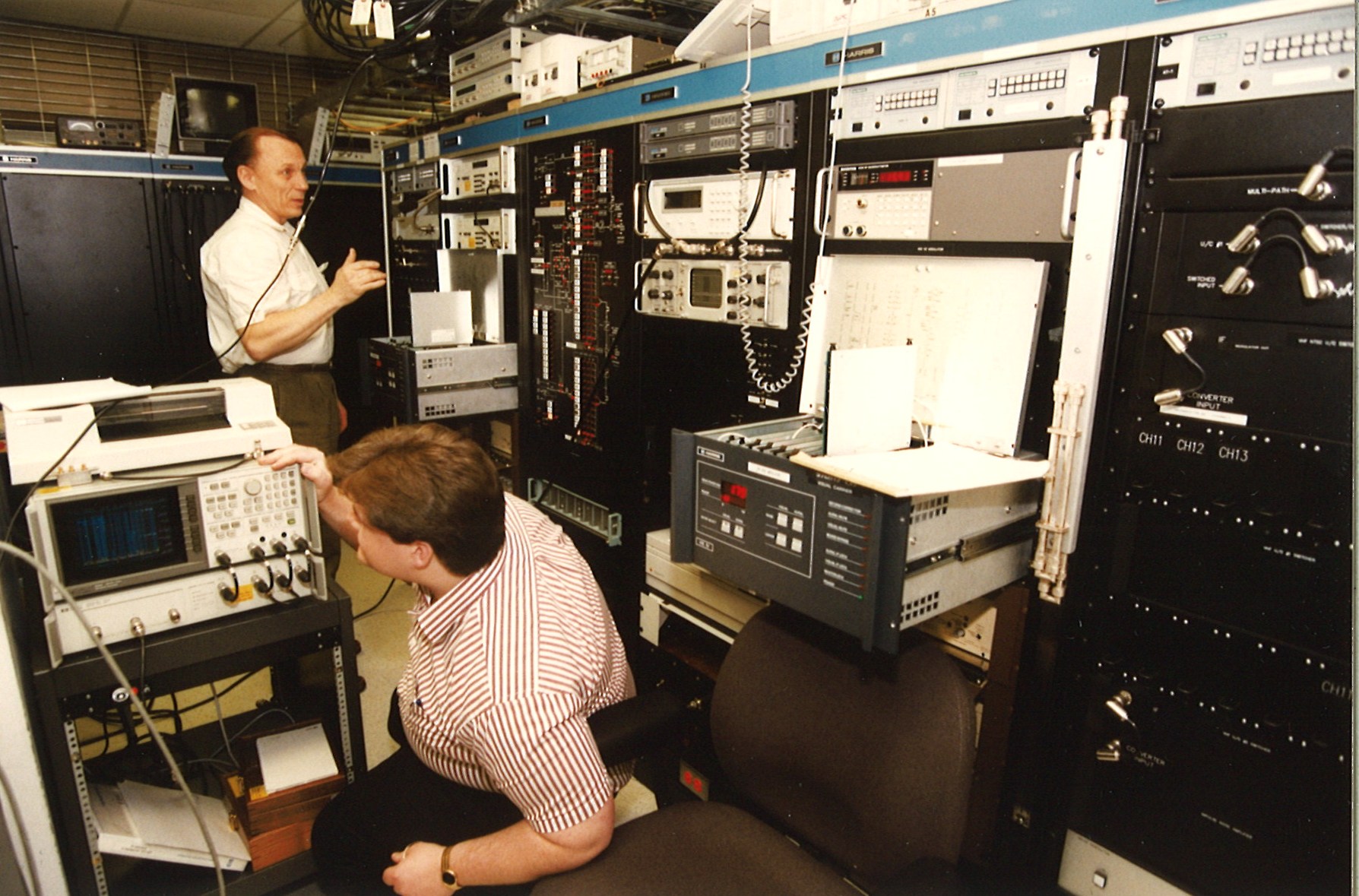
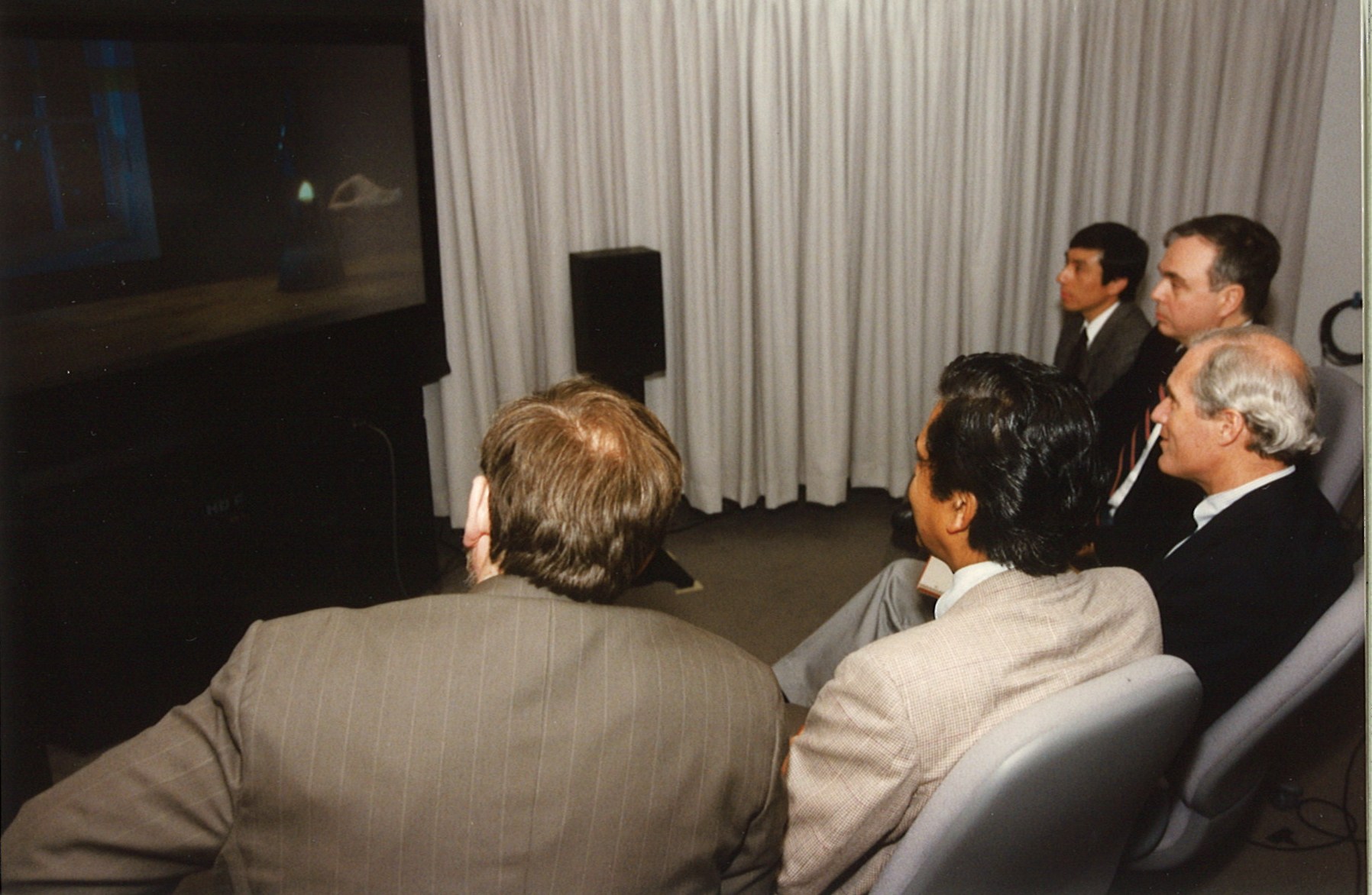
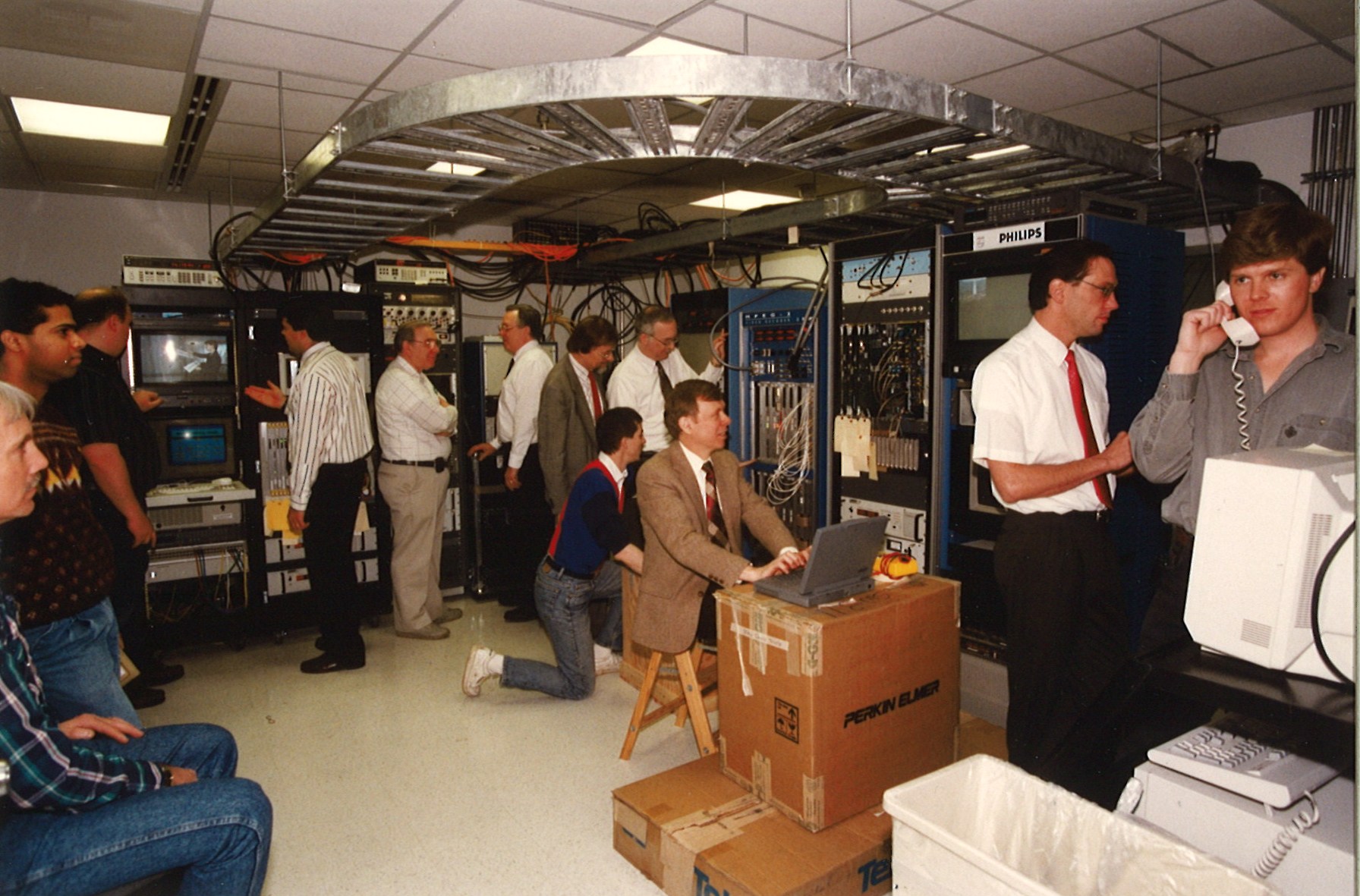
That to me was the Holy Grail I was going to push for –digital high definition television.
TVT: How did you all get on the same page with MPEG-2?
RW: Well, I sent them that letter, and I started talking to them and urging them.
Along the way, a lot of people had different ideas. They wanted to have line doubling, and some people just wanted to have advanced television. They didn’t want high definition. They just wanted better television.
But Al Sikes, who was chairman of the FCC, and I agreed we should try to go for the gold and get the best standard we could possibly have, and that was digital high definition television.
So many of these systems were excellent, but when they got together and worked together, they made it even better.
TVT:What about 8VSB? How did that happen?
RW: We had committees and bake offs, that’s what they called it. They were done by the experts, and they came up with VSB as against the QAM cable system. And VSB got it.
At the very end of the game, some people suggested COFDM. So, I set up another special technical advisory committee. They tested it again. I think COFDM had great potential, but it was not quite as developed. So, the engineers I talked to all suggested staying with VSB.
TVT: Tell me a little more about the Advanced Television Testing Center and Peter Fannon having to test and evaluate the performance of all these new TV systems.
RW: It was a tremendous effort by Peter and his gang down there over the years. And they had to develop a whole testing mechanism, and then we had to redo it because digital came.
We had spent years developing the analog testing regime, and when we switched to digital, they had to come up with a new system. And the first entity that went in there was tested improperly –not by the laboratory, but by the engineers who brought it in.
The other people wanted to throw them out, but I didn’t want to disqualify anybody. I wanted to have them all to have the best brains possible.
So, we gave them a redo, and when I ordered the redo, I had a bunch of people come in here and argue with me about it and giving me all sorts of heat.
But I didn’t have any dog in the hunt. That was the good thing about it. There wasn’t anybody that I was cheering for. I just wanted to get the best system possible because otherwise we would really goof up our television system in this country, which everyone had enjoyed since the ‘50s when it first came out.
TVT: As you look back at the Grand Alliance and what was accomplished, are there any other thoughts you’d like to share on its 25 Anniversary?
RW: You know, the advisory committee was only 25 people. It was the Rupert Murdochs of the world. The head of CBS at the time, Larry Tisch.
But the heart of it really was the cream of our nation’s video engineering technology talent. Those are the guys who developed this in a peer-reviewed process. Those are the heroes in my opinion that made it happen.
[Read: ATTC Closing Marks End Of An Era]
I take a lot of pride when I see what a milestone it was in their lives. It was for me as well. It was a great development.
Editor’s note: Readers interested in learning more about how digital HDTV came to be in the United States may wish to read “Defining Vision” by Joel Brinkley.
Phil Kurz is a contributing editor to TV Tech. He has written about TV and video technology for more than 30 years and served as editor of three leading industry magazines. He earned a Bachelor of Journalism and a Master’s Degree in Journalism from the University of Missouri-Columbia School of Journalism.

